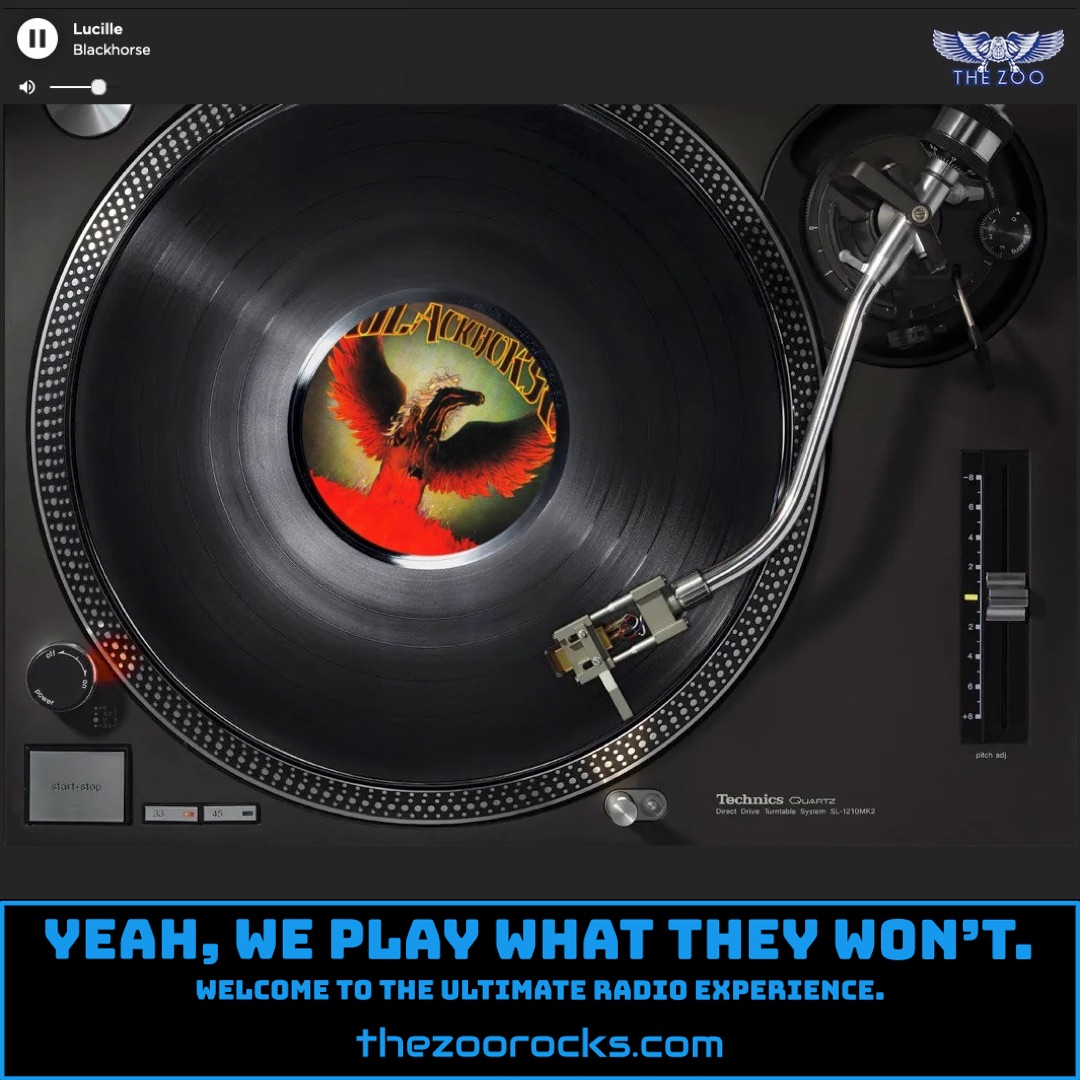The Analog Kid
Rush
Greetings, Zoo Freaks! Your favorite hippie DJs at THE ZOO are spinning the electrifying track The Analog Kid from Rush's 1982 album Signals. This song is a lyrical and musical gem, packed with vivid imagery and a driving rhythm that captures the essence of youthful longing. According to fans on Reddit, the line "A fawn-eyed girl with sun-browned legs dances on the edge of his dreams" is one of Neil Peart’s most evocative character descriptions, painting a picture of fleeting summer romance. The song’s blistering guitar solo by Alex Lifeson is often hailed as one of his finest, with fans on the same thread calling it "possibly Alex’s greatest solo" and rating the song a near-perfect 9.75/10 for its epic energy.
Diving deeper, The Analog Kid carries a thematic weight that resonates with the album’s exploration of technology and human experience. As noted on Songfacts, the song reflects Neil Peart’s nostalgia for a simpler, pre-digital era, contrasting it with the emerging digital world. Peart wrote the lyrics while Rush was staying in Virgin Gorda in the British Virgin Islands in January 1982, as mentioned on ClassicRockHistory.com. The song’s title and its counterpart, Digital Man, serve as bookends, exploring the tension between analog innocence and the cold complexity of modern life. Fans on The Rush Forum speculate that the phrase "too many hands on my time" might echo the Styx song Too Much Time on My Hands, though this is likely coincidental given the phrase’s commonality.
From a technical perspective, The Analog Kid showcases Rush’s evolving sound during the Signals era. A user on Gearspace points out that while Moving Pictures was mixed to digital, Signals retained a quarter-inch analog tape quality, which some fans find slightly murky but dynamic, especially in tracks like this one. The song’s high BPM and relentless energy make it a standout, with a Rush is a Band blog post noting its visualizer video release for the Signals 40th anniversary box set in 2023, bringing fresh attention to its timeless appeal.
Now, let’s rewind to how Rush began their legendary journey. Formed in 1968 in Toronto, Canada, the band started as a high school project led by bassist/vocalist Geddy Lee and guitarist Alex Lifeson, with original drummer John Rutsey. Inspired by hard rock and blues, they played covers of bands like Cream and Led Zeppelin in local bars and clubs, as detailed on their official bio. Their self-titled debut album in 1974, released on their own Moon Records, caught the attention of Mercury Records after airplay on Cleveland’s WMMS radio. The arrival of drummer Neil Peart in 1974, replacing Rutsey, was a game-changer, bringing intricate rhythms and profound lyrics that defined their progressive rock sound.
Rush’s breakthrough came with albums like 2112 (1976), which showcased their ambition with a 20-minute sci-fi concept piece, earning them a loyal fanbase. Their relentless touring and genre-defying style—blending hard rock, prog, and later new wave—cemented their status as rock icons. Over five decades, they released 19 studio albums, earning inductions into the Canada’s Walk of Fame (1999) and the Rock and Roll Hall of Fame (2013). Despite Neil Peart’s passing in 2020, Geddy Lee and Alex Lifeson continue to engage fans through projects like Lee’s memoir and Lifeson’s band Envy of None.
Connect with Rush and their vibrant fan community online! Visit their official website at rush.com, follow them on Facebook, Instagram, and X. Geddy Lee shares personal updates on his Instagram, while Alex Lifeson posts on his Instagram and official website. Fan hubs include Rush is a Band for news and merchandise, The Rush Forum for discussions, and the Rush Fan Group on Facebook for community vibes. Local tribute bands like Lotus Land and 2112: A Tribute to Rush keep the spirit alive. Stay tuned, Zoo Freaks, for more Rush magic!

